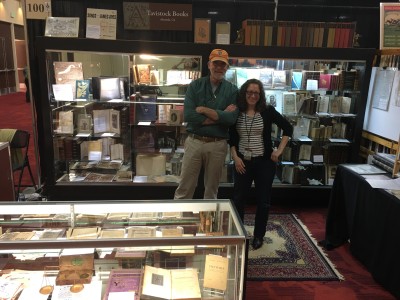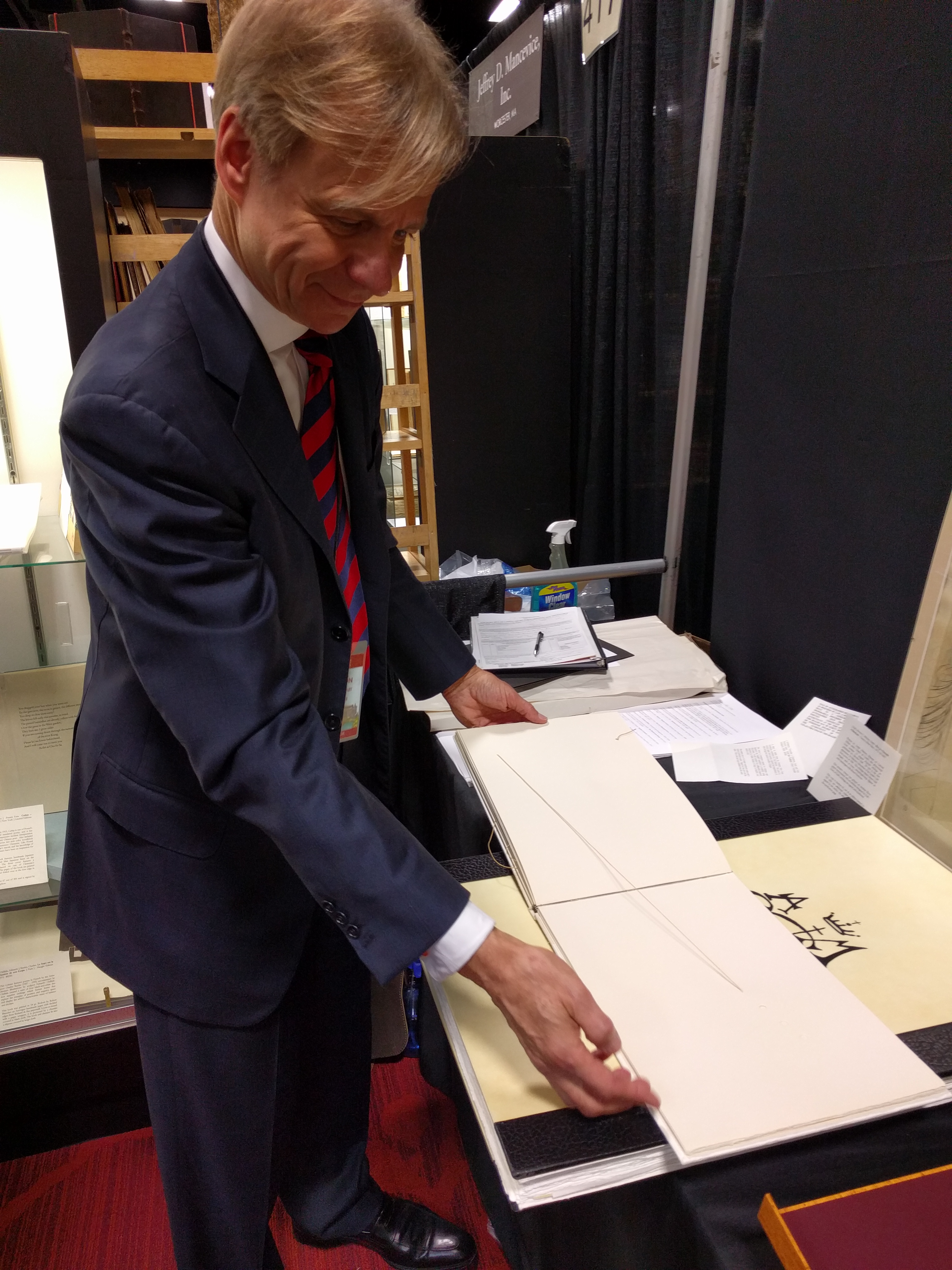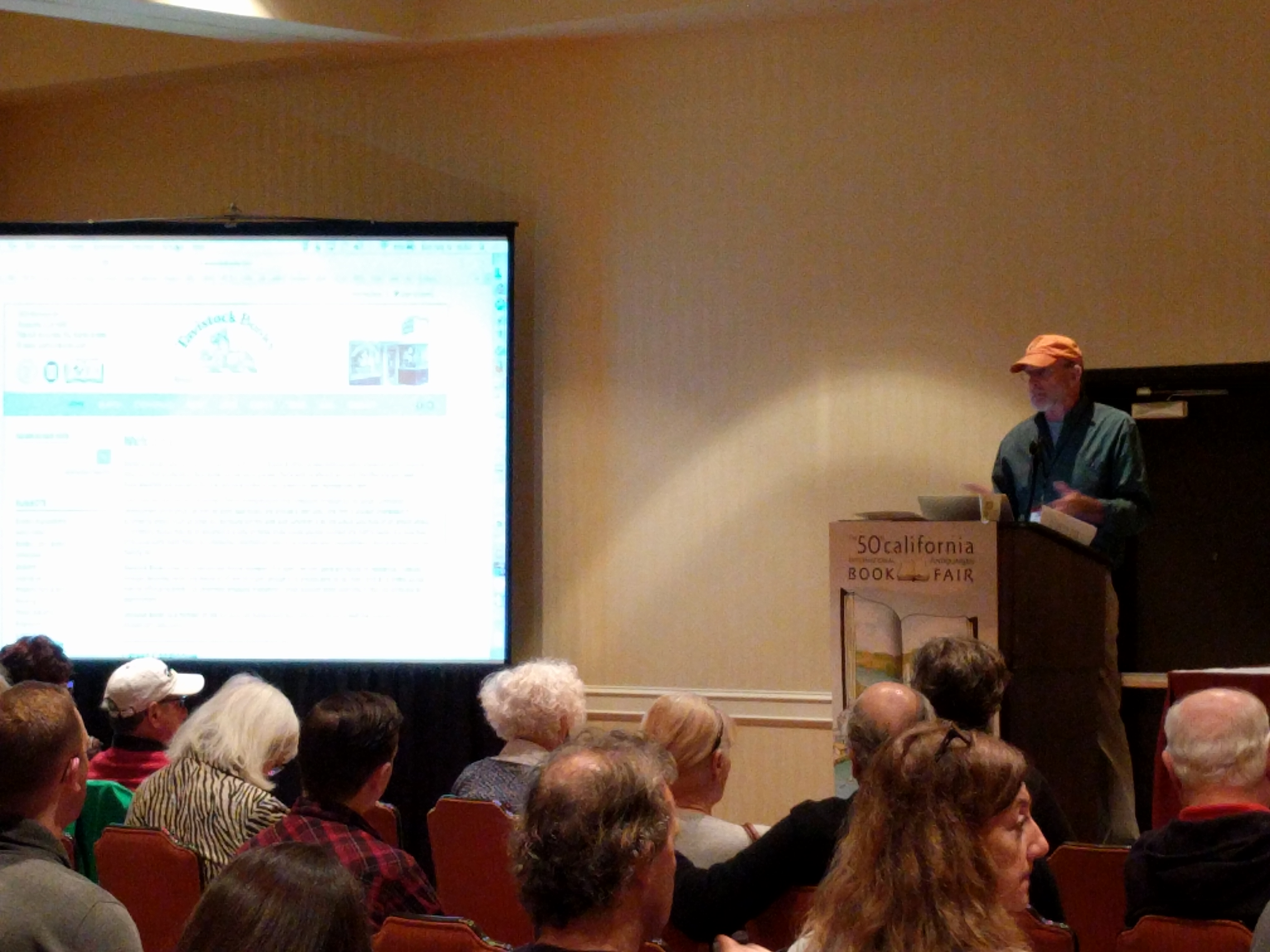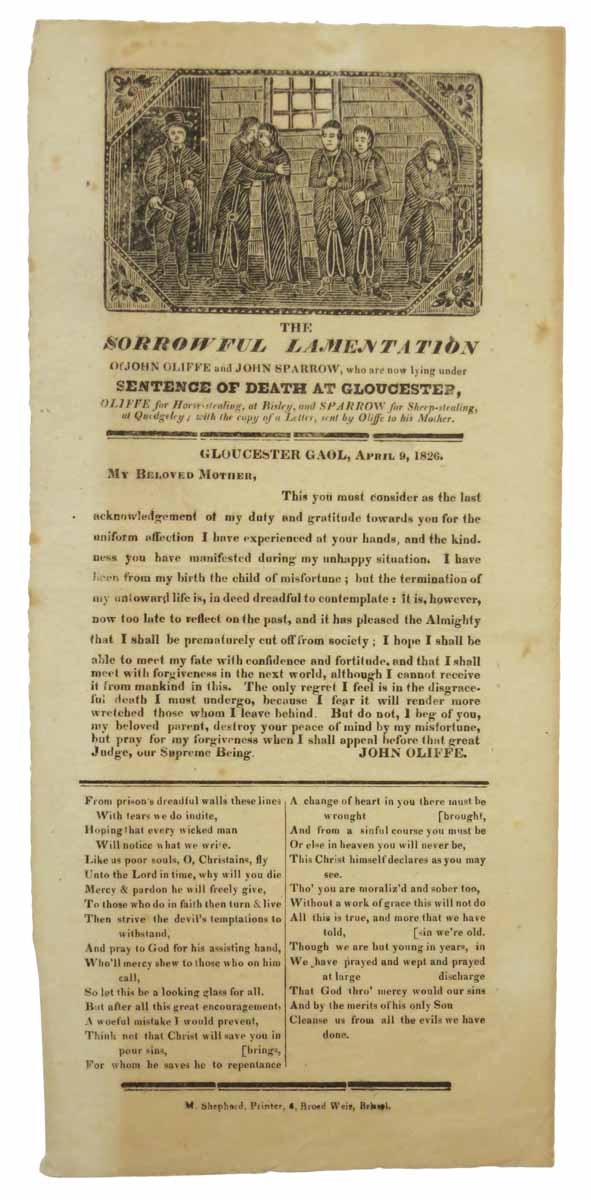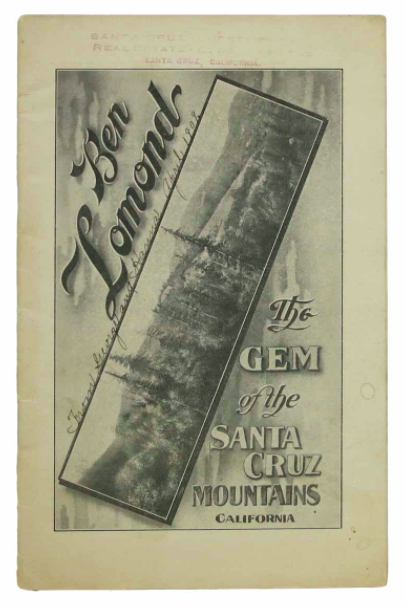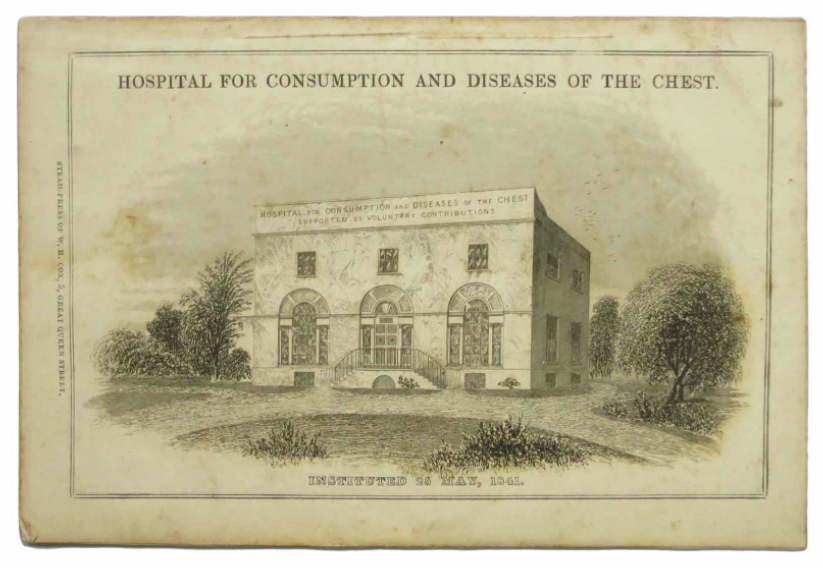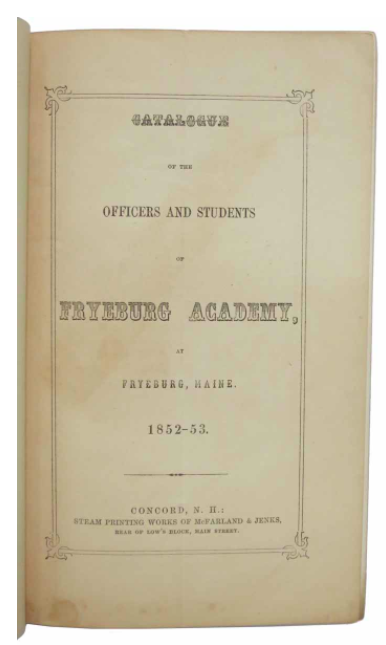We don’t often report on modern literature here at Tavistock Books, as that is not our speciality! However, you may have noticed that we occasionally like to branch out and discuss authors – specialty or not – in honor of their birth or death anniversary. We are happy to report to you good, book-fearing folk, that todays is a birth anniversary! Yay! We are not so pleased to report that book-fearing folk you really should be… since his work has been terrifying people since 1967. Be afraid… be very afraid.

Stephen Edwin King was born on September 21st, 1947 in Portland, Maine. His father, stepping out for a pack of cigarettes when King was only two years old, never returned and King’s mother raised him and his brother on her own for the rest of his youth. King showed an early interest in the genre of horror, writing while still in school – winning himself a Scholastic Art and Writing Award and being published in different fanzines, such as “Stories of Suspense”, before the age of 20. King’s daughter was born the year he graduated from the University of Maine in 1970. Though he initially wished to teach high school, he was unable to find an immediate job and instead supplemented his income by selling stories to men’s magazines. Throughout this time, King nursed an alcohol dependency that would torment him for many years.
In 1973, just three years out of University, King’s first novel, Carrie, was published. Fun fact: it is rumored that King initially found it so difficult to write about a teenage girl with psychic abilities that he threw out his original drafts! His wife, Tabitha (whom he is married to to this day), brought it back to him and almost forced him to finish it! His first advance on the novel got him $2,500. Imagine that, with how popular Carrie has remained over the years? Unfathomable!
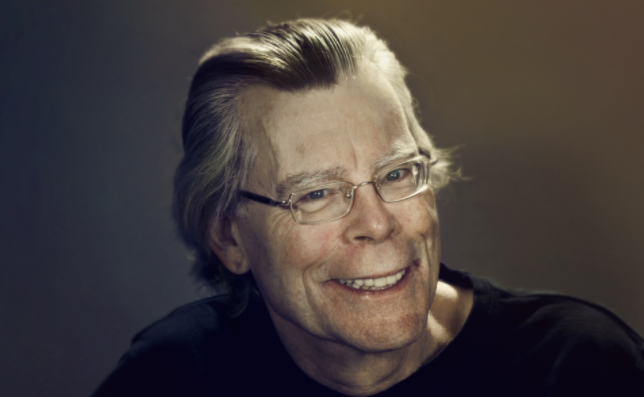 King then had his novel The Shining published in 1977, and The Stand in 1978. In the late 1970s King began a series, eventually known as The Dark Tower, a series which would span the next four decades of King’s life finally ending in 2004. In 1980 King’s novel Firestarter was published, and in 1983 his novel Christine was published – both by the large and well-known publisher Viking. He tried his hand at working on comic books, writing a bit for the X-men series Heroes for Hope in 1985. King published under several pseudonyms for various reasons (now keep a lookout for these names, you hear?) including Richard Bachman (after Bachman-Turner Overdrive), John Swithen (a character out of Carrie) and Beryl Evans (which King used to publish the book Charlie the Choo-Choo: From the World of the Dark Tower). Though he has written many, many works over the years (54 novels, 6 non-fiction books and 200 short stories, to put it bluntly), some of the more popular stories whose names you might recognize (due to their being transferred to the big screen or otherwise) are Children of the Corn (1977), Rita Hayworth and Shawshank Redepmtion (1982), Misery (1987), The Man in the Black Suit (1994), The Green Mile (1996), Bag of Bones (1998), and his memoir On Writing (2000). And this doesn’t even scratch the surface of the volume of work King has produced over the past many decades.
King then had his novel The Shining published in 1977, and The Stand in 1978. In the late 1970s King began a series, eventually known as The Dark Tower, a series which would span the next four decades of King’s life finally ending in 2004. In 1980 King’s novel Firestarter was published, and in 1983 his novel Christine was published – both by the large and well-known publisher Viking. He tried his hand at working on comic books, writing a bit for the X-men series Heroes for Hope in 1985. King published under several pseudonyms for various reasons (now keep a lookout for these names, you hear?) including Richard Bachman (after Bachman-Turner Overdrive), John Swithen (a character out of Carrie) and Beryl Evans (which King used to publish the book Charlie the Choo-Choo: From the World of the Dark Tower). Though he has written many, many works over the years (54 novels, 6 non-fiction books and 200 short stories, to put it bluntly), some of the more popular stories whose names you might recognize (due to their being transferred to the big screen or otherwise) are Children of the Corn (1977), Rita Hayworth and Shawshank Redepmtion (1982), Misery (1987), The Man in the Black Suit (1994), The Green Mile (1996), Bag of Bones (1998), and his memoir On Writing (2000). And this doesn’t even scratch the surface of the volume of work King has produced over the past many decades.
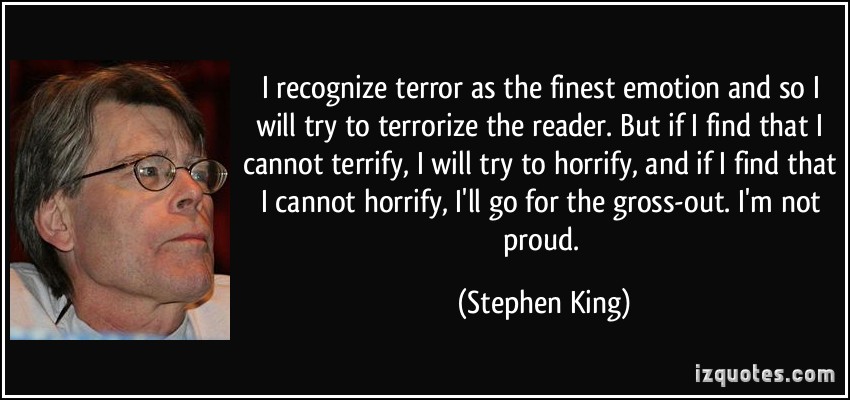
He has been heralded as both the most beloved horror and supernatural fiction author in the genre and also mocked for his writing as “pop” and not “serious” literature. Despite how you may view the genre, you must admit – the man has done more for those genres than many of his contemporaries! Give him some respect! (Especially on his birthday. And especially because if you don’t IT may come after you… Best play it safe, no?)


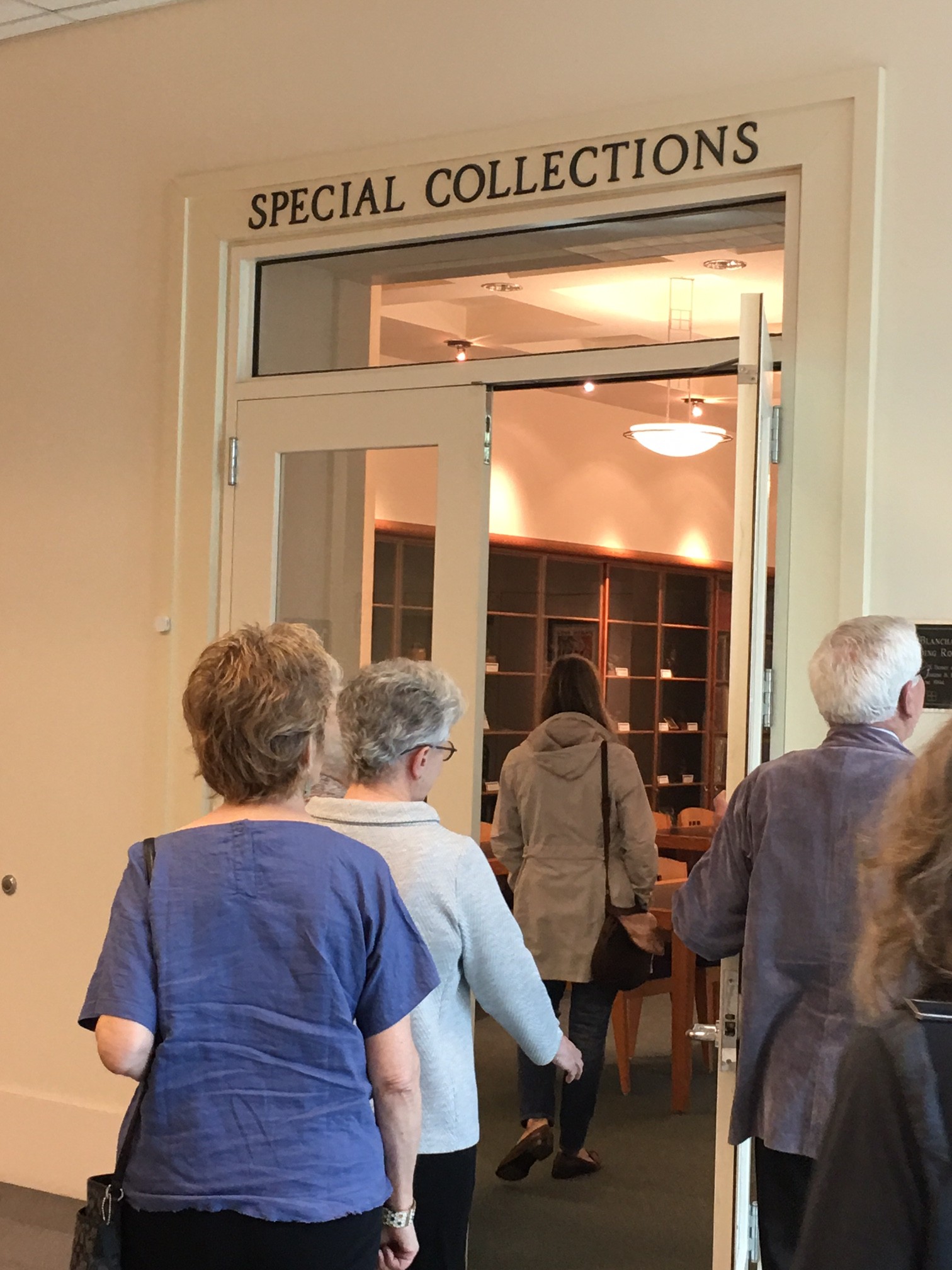
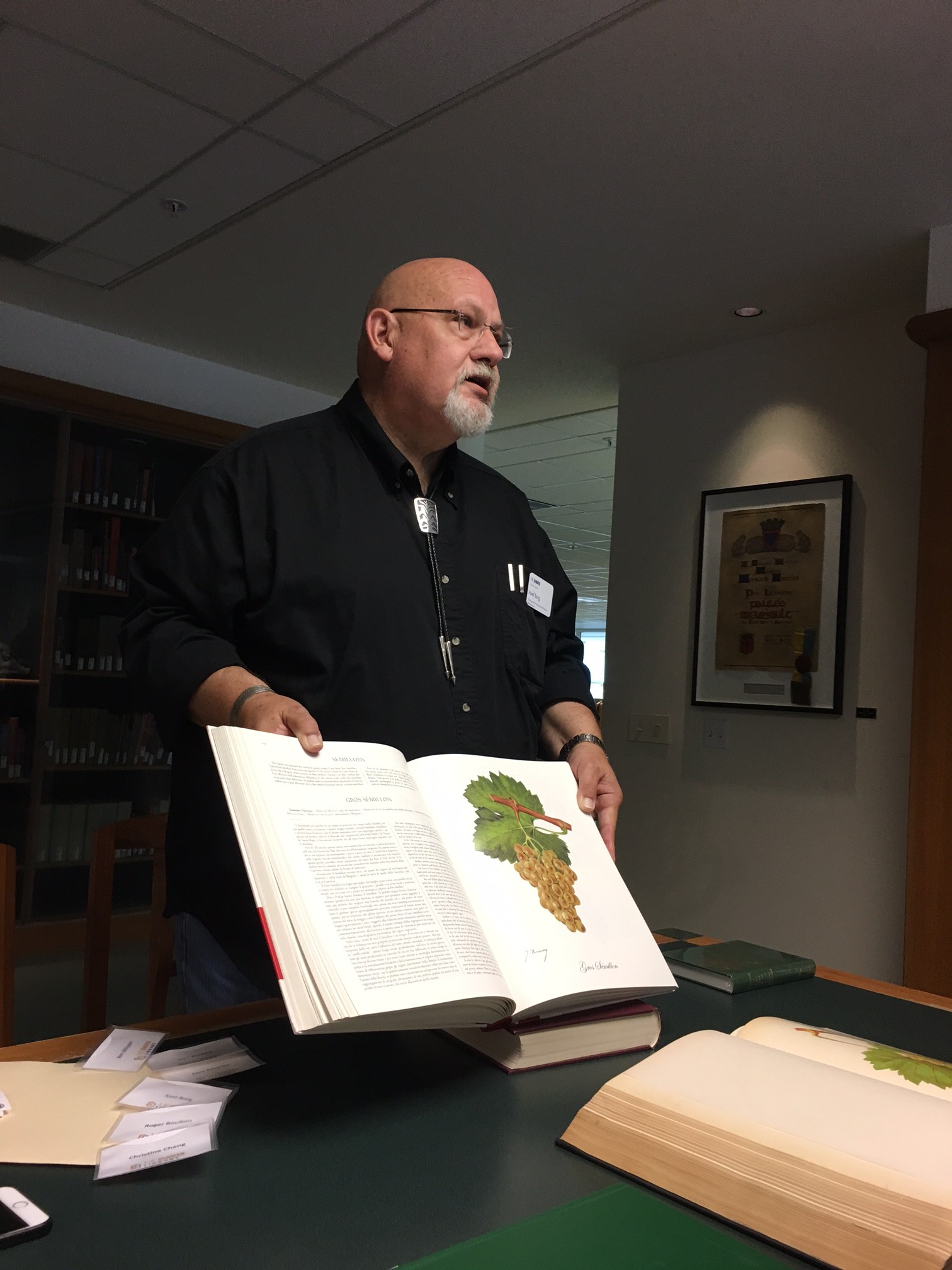 Yours truly, along with 14 other BCC members, on our
Yours truly, along with 14 other BCC members, on our  After giving us an overview of the collection, and its history, we eventually found our way to Special Collections, where Axel tantalized us with one interesting & fascinating item after another… here I wish I’d taken notes, for memory fails me as to most specifics, other than the 1287 deed for a vineyard land transfer & a cute little accordion miniature that on first blush appears to be a wine cork. That said, my fellow attendee, Anne Smith, did, however, take notes, so see her soon-to-be-published BCC piece for more specifics on the books Axel had at show-n-tell.
After giving us an overview of the collection, and its history, we eventually found our way to Special Collections, where Axel tantalized us with one interesting & fascinating item after another… here I wish I’d taken notes, for memory fails me as to most specifics, other than the 1287 deed for a vineyard land transfer & a cute little accordion miniature that on first blush appears to be a wine cork. That said, my fellow attendee, Anne Smith, did, however, take notes, so see her soon-to-be-published BCC piece for more specifics on the books Axel had at show-n-tell. Next on the agenda was a buffet lunch, which, given we were a willing captive audience, included a presentation on projects UC Davis has in the works… one is a interactive social map showing wine-related connections. Intriguing, to say the least. Another is the digitization & searchable compilation of wine price lists, et al. For food & drink historians, invaluable.
Next on the agenda was a buffet lunch, which, given we were a willing captive audience, included a presentation on projects UC Davis has in the works… one is a interactive social map showing wine-related connections. Intriguing, to say the least. Another is the digitization & searchable compilation of wine price lists, et al. For food & drink historians, invaluable.

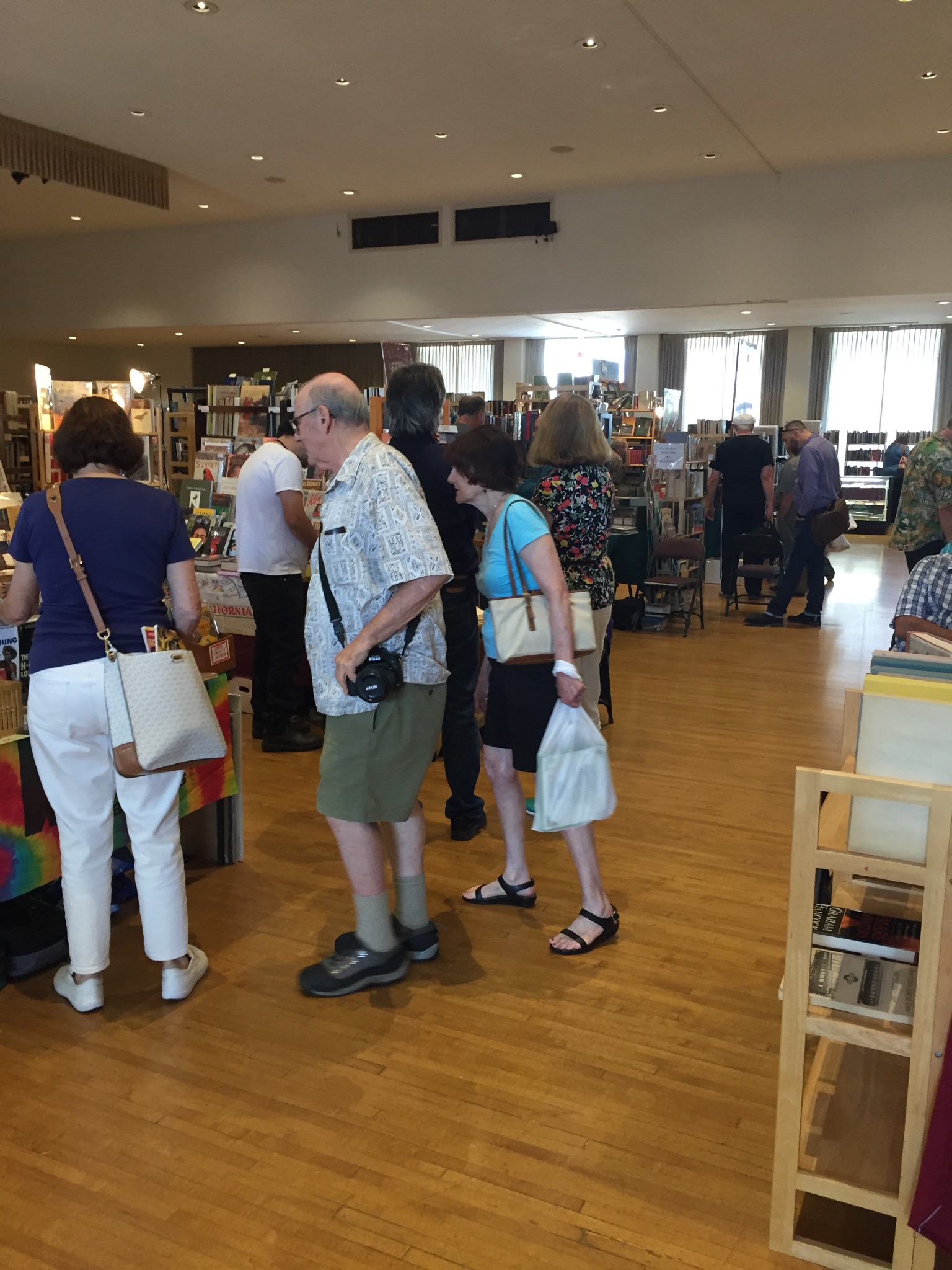

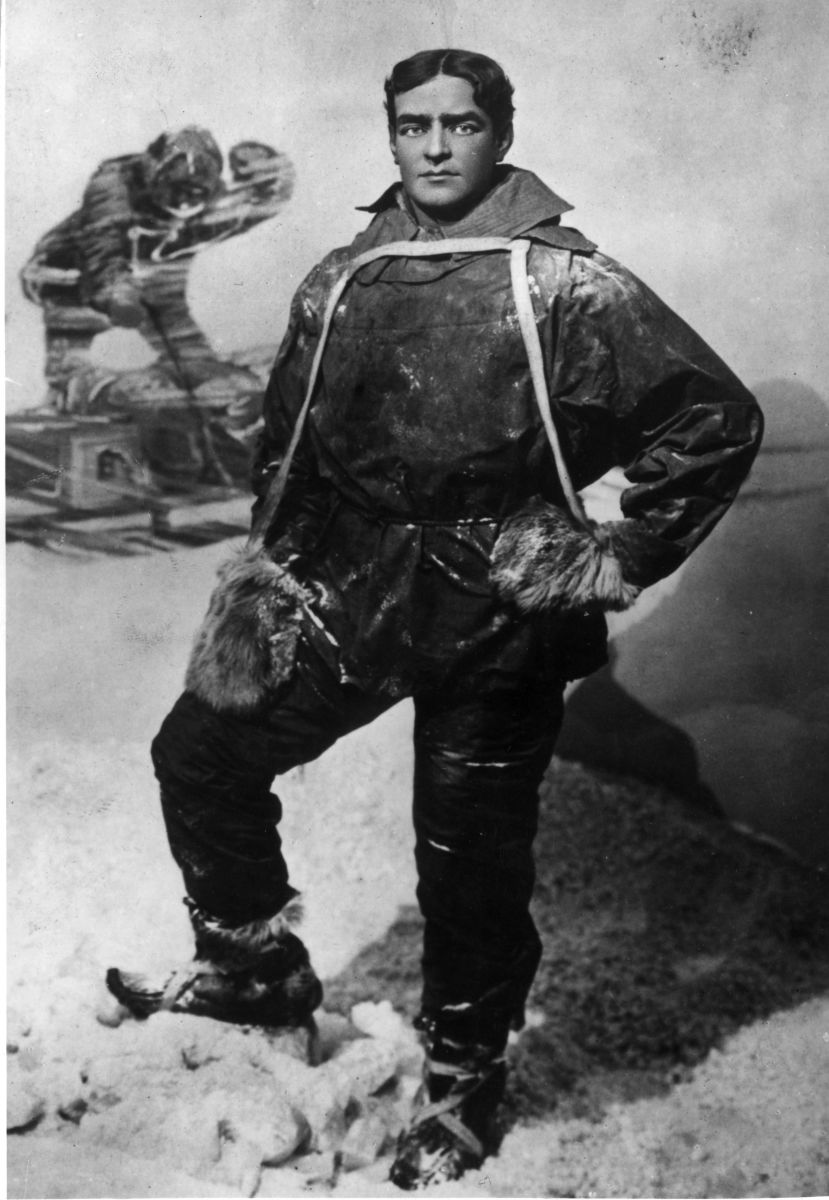 Ernest was born in February 1874 in County Kildare, Ireland – the first of two boys out of ten children in an Anglo-Irish family… and the son of a dreamer. When Ernest was six his father gave up his career as a landowner and decided to pursue his dream of becoming a doctor. He moved the family to Dublin in order to begin his studies at Trinity College. Once acquiring his degree, Henry Shackleton then moved his family to London when Ernest was 10. Shackleton was an avid reader, but a maddening student. He did not take to lessons so well, despite being able to finish at the top of his class several years, and was finally allowed to leave school at 16 to pursue the adventures he had dreamed of for years while reading travel books and thrilling adventure accounts. His father got him an apprenticeship on a sailing vessel, and the young Shackleton spent the next 8 years studying for different mariner tests, Second Mate, then First Mate, and ultimately Master Mariner (captain).
Ernest was born in February 1874 in County Kildare, Ireland – the first of two boys out of ten children in an Anglo-Irish family… and the son of a dreamer. When Ernest was six his father gave up his career as a landowner and decided to pursue his dream of becoming a doctor. He moved the family to Dublin in order to begin his studies at Trinity College. Once acquiring his degree, Henry Shackleton then moved his family to London when Ernest was 10. Shackleton was an avid reader, but a maddening student. He did not take to lessons so well, despite being able to finish at the top of his class several years, and was finally allowed to leave school at 16 to pursue the adventures he had dreamed of for years while reading travel books and thrilling adventure accounts. His father got him an apprenticeship on a sailing vessel, and the young Shackleton spent the next 8 years studying for different mariner tests, Second Mate, then First Mate, and ultimately Master Mariner (captain).
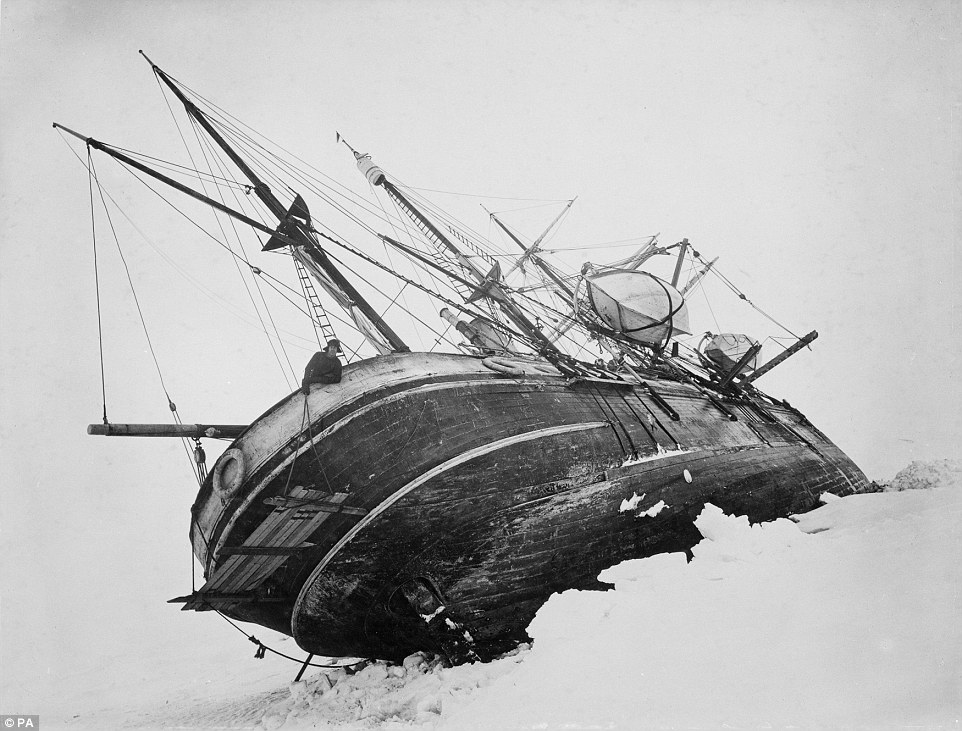 The Endurance began it’s slow and hard journey through the Weddell Sea in early December, by mid-January becoming frozen in first year ice. Shackleton realized at the end of February that the boat would be stuck until the following spring (that October or thereabouts, as the seasons are backwards), as there was no hope for the ice to thaw in such conditions. Shackleton ordered the men to abandon the ship and begin setup of a camp on the packed ice, thankfully, as despite Shackleton’s hope that the boat would break free of the ice come spring and be able to continue sailing, the pressure put on the boat the following September from the breaking of the ice ended up sinking (albeit slowly) the then abandoned ship. For about two months Shackleton and his crew camped on flat ice floes, changing from floe to floe hoping one might drift them down to the inhabited Paulet Island. Unfortunately they were unable to reach it and using their lifeboats they were eventually able to make it to Elephant Island – that being the first time they had stood on dry land in over a year. Shackleton kept a watchful eye on all of his men, as usual, and in giving his mittens to his photographer Frank Hurley suffered from frostbite himself.
The Endurance began it’s slow and hard journey through the Weddell Sea in early December, by mid-January becoming frozen in first year ice. Shackleton realized at the end of February that the boat would be stuck until the following spring (that October or thereabouts, as the seasons are backwards), as there was no hope for the ice to thaw in such conditions. Shackleton ordered the men to abandon the ship and begin setup of a camp on the packed ice, thankfully, as despite Shackleton’s hope that the boat would break free of the ice come spring and be able to continue sailing, the pressure put on the boat the following September from the breaking of the ice ended up sinking (albeit slowly) the then abandoned ship. For about two months Shackleton and his crew camped on flat ice floes, changing from floe to floe hoping one might drift them down to the inhabited Paulet Island. Unfortunately they were unable to reach it and using their lifeboats they were eventually able to make it to Elephant Island – that being the first time they had stood on dry land in over a year. Shackleton kept a watchful eye on all of his men, as usual, and in giving his mittens to his photographer Frank Hurley suffered from frostbite himself.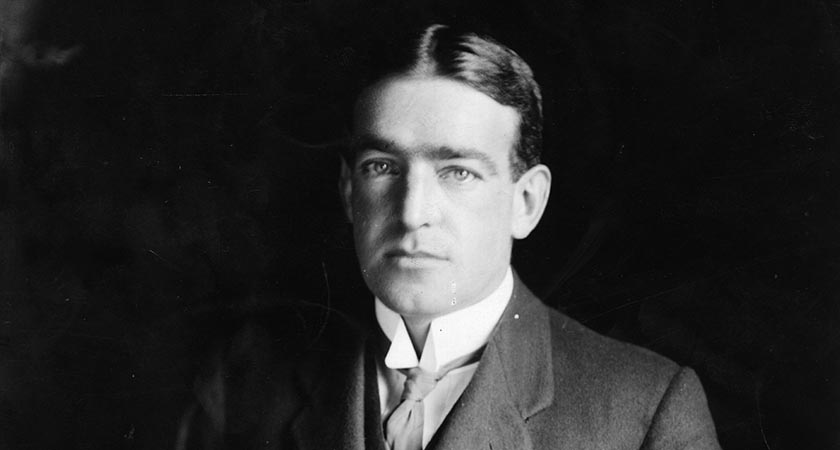 Shackleton then took five men and used a lifeboat to travel over 800 miles to a whaling station in South Georgia to get help. He would only pack four weeks of supplies into the lifeboat, knowing that if they could not reach their destination within a months time that they might as well consider themselves lost – he did not want to take supplies away from the men remaining on Elephant Island. Within 15 days they saw South Georgia, but inhospitable weather did not allow them to land immediately. When they were able to reach shore they had to pull up on the south side of the island, unfortunately knowing the whaling station was on the north side. Rather than get back in the lifeboat, three of the crew decided to attempt the journey across the mountainous land on foot – a distance of 32 miles (these guys couldn’t seem to catch a break, am I right?). They fastened screws into their boots to act as climbing shoes and had 50 feet of rope between the three of them. Not an easy journey… but they finally made it to the whaling station and got the help they needed. With the help of a Chilean vessel, Shackleton reached the rest of his 22 men on Elephant Island on the 30th of August, 1916 – 101 years ago today. After over a year and a half ordeal living on ice, every single man aboard the Endurance and under Shackleton’s command made it back alive. If Shackleton hadn’t already been considered a hero – he certainly was then!
Shackleton then took five men and used a lifeboat to travel over 800 miles to a whaling station in South Georgia to get help. He would only pack four weeks of supplies into the lifeboat, knowing that if they could not reach their destination within a months time that they might as well consider themselves lost – he did not want to take supplies away from the men remaining on Elephant Island. Within 15 days they saw South Georgia, but inhospitable weather did not allow them to land immediately. When they were able to reach shore they had to pull up on the south side of the island, unfortunately knowing the whaling station was on the north side. Rather than get back in the lifeboat, three of the crew decided to attempt the journey across the mountainous land on foot – a distance of 32 miles (these guys couldn’t seem to catch a break, am I right?). They fastened screws into their boots to act as climbing shoes and had 50 feet of rope between the three of them. Not an easy journey… but they finally made it to the whaling station and got the help they needed. With the help of a Chilean vessel, Shackleton reached the rest of his 22 men on Elephant Island on the 30th of August, 1916 – 101 years ago today. After over a year and a half ordeal living on ice, every single man aboard the Endurance and under Shackleton’s command made it back alive. If Shackleton hadn’t already been considered a hero – he certainly was then!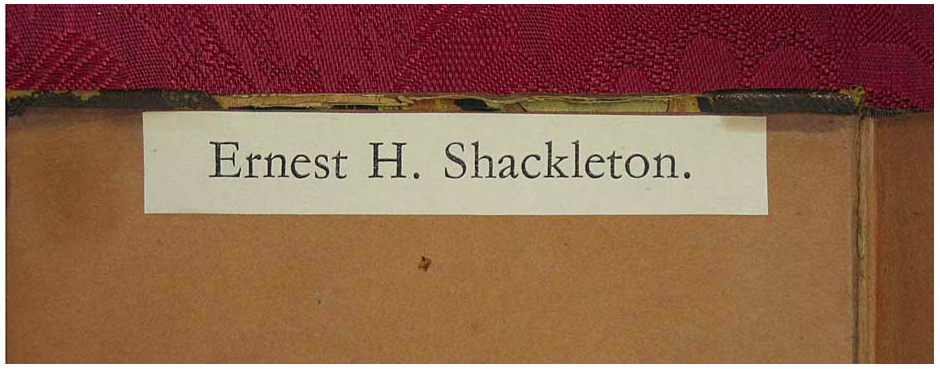

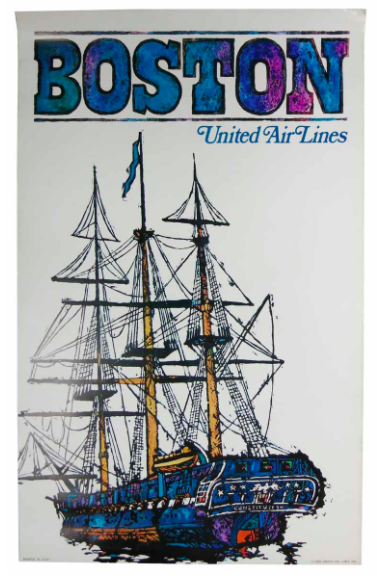

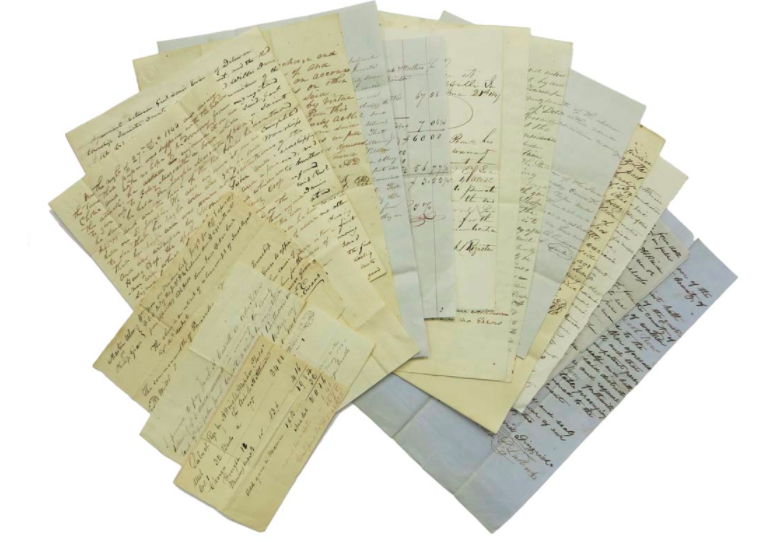
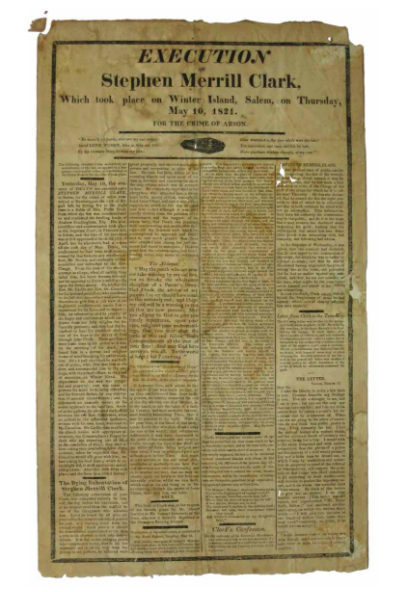
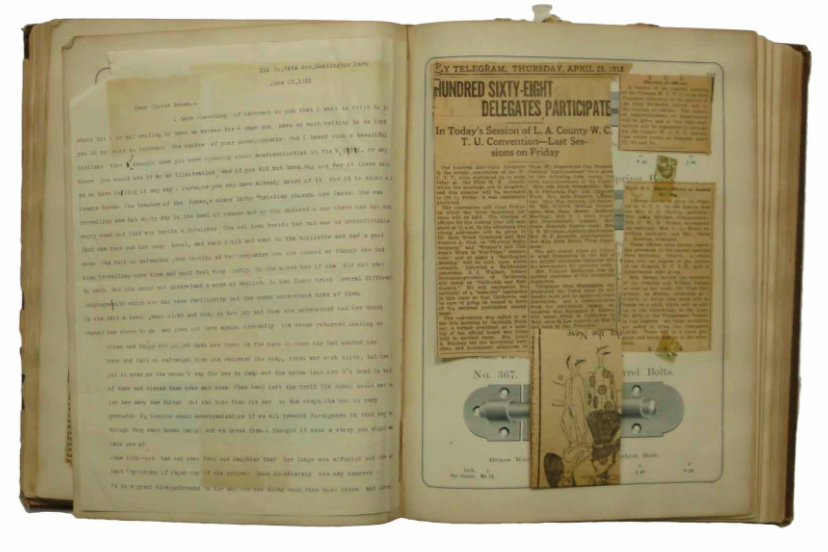

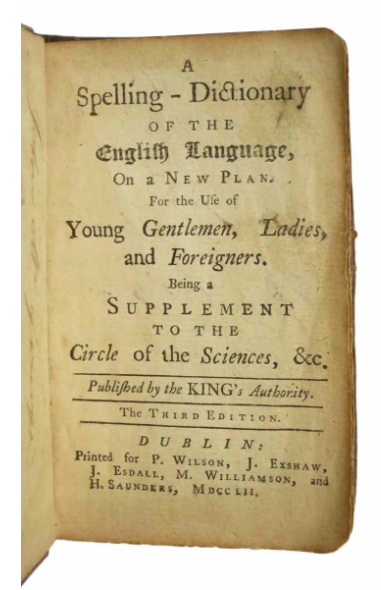

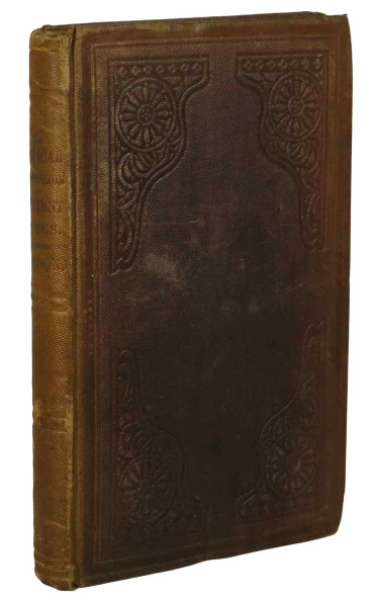
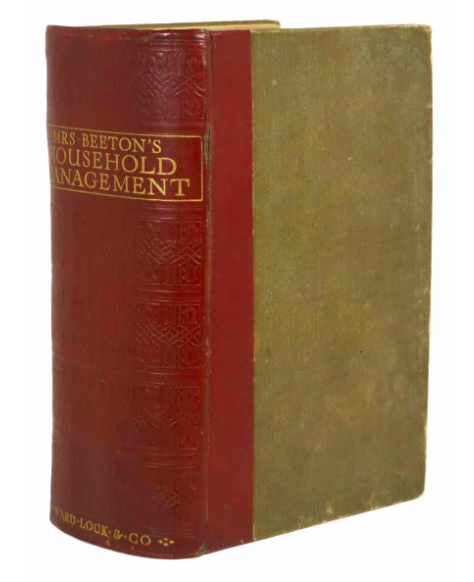

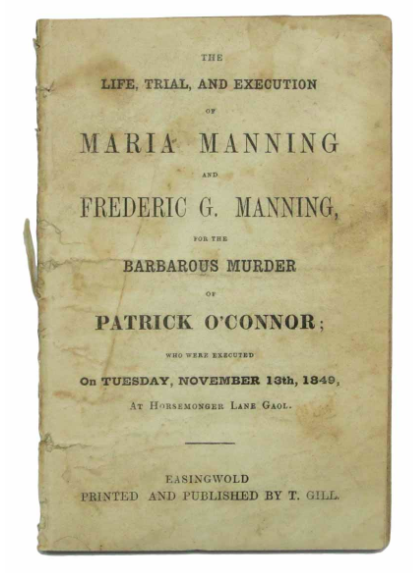

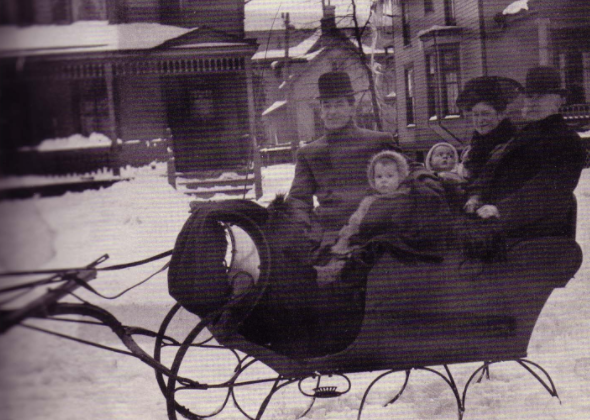
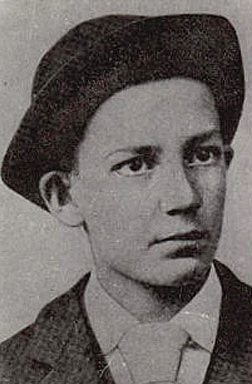 By the time Anderson was 18, his father had been drinking and disappearing for weeks at a time, leaving all the children home with their mother to fend for themselves. Having been working desperately for years as a washer, Anderson’s mother Emma died of tuberculosis in 1895 when Anderson was only 19. Having no reason to continue living in the small town of Clyde, Ohio, where the Anderson’s had eventually settled, Sherwood followed his older brother to Chicago, where the two lived in a boarding house as the brother attended the Chicago Art Institute. He continued on in Chicago, eventually renting enough space for his sister and two younger brothers to move into a couple years later. However, having signed up for the Ohio National Guard, his living in Chicago was short-lived, as he was sent to Cuba in 1898, after the fighting in the Spanish-American War had stopped, for 8 months. After his return, Anderson worked in Clyde once more for a few months as he saved money, and eventually joined two of his siblings in Springfield, Ohio, where finally, at the age of 23, Anderson enrolled in classes and was able to complete his high school education.
By the time Anderson was 18, his father had been drinking and disappearing for weeks at a time, leaving all the children home with their mother to fend for themselves. Having been working desperately for years as a washer, Anderson’s mother Emma died of tuberculosis in 1895 when Anderson was only 19. Having no reason to continue living in the small town of Clyde, Ohio, where the Anderson’s had eventually settled, Sherwood followed his older brother to Chicago, where the two lived in a boarding house as the brother attended the Chicago Art Institute. He continued on in Chicago, eventually renting enough space for his sister and two younger brothers to move into a couple years later. However, having signed up for the Ohio National Guard, his living in Chicago was short-lived, as he was sent to Cuba in 1898, after the fighting in the Spanish-American War had stopped, for 8 months. After his return, Anderson worked in Clyde once more for a few months as he saved money, and eventually joined two of his siblings in Springfield, Ohio, where finally, at the age of 23, Anderson enrolled in classes and was able to complete his high school education.  One important aspect often noted in Anderson’s life is the nervous breakdown he suffered as a result of professional stress in 1912. By this time, he had begun a new business called the Anderson Paint Company. The intensity of running his own (large) business took its toll and Anderson disappeared for four days, before walking into a drug store and asking an employee to help him figure out his own identity. To this day, it is uncertain as to whether Anderson’s breakdown was involuntary or voluntary, as his story changed over the months and years following the episode. Either way, however, it helped Anderson leave his business, his relationship, and start fresh. Anderson had begun publishing some stories in 1902, and soon writing would become his main source of income.
One important aspect often noted in Anderson’s life is the nervous breakdown he suffered as a result of professional stress in 1912. By this time, he had begun a new business called the Anderson Paint Company. The intensity of running his own (large) business took its toll and Anderson disappeared for four days, before walking into a drug store and asking an employee to help him figure out his own identity. To this day, it is uncertain as to whether Anderson’s breakdown was involuntary or voluntary, as his story changed over the months and years following the episode. Either way, however, it helped Anderson leave his business, his relationship, and start fresh. Anderson had begun publishing some stories in 1902, and soon writing would become his main source of income. 
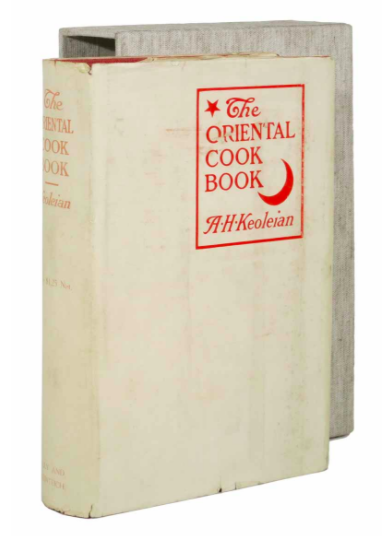
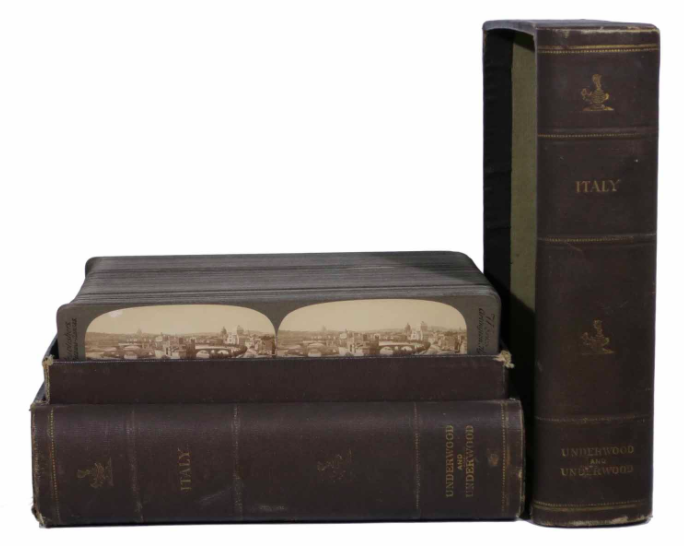
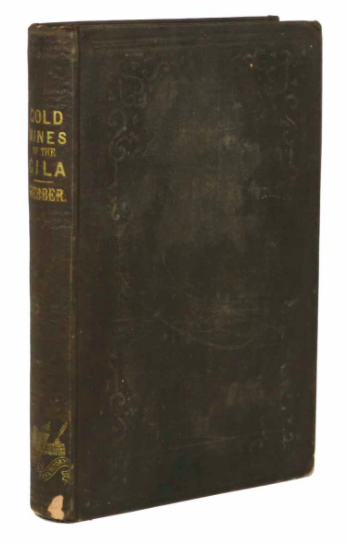
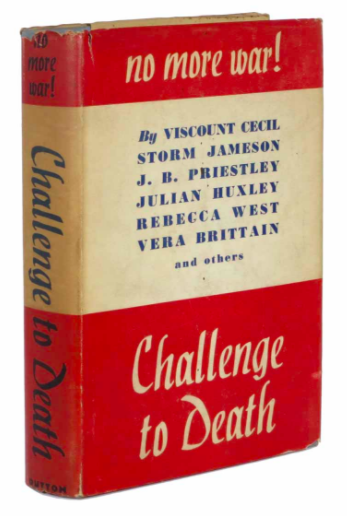
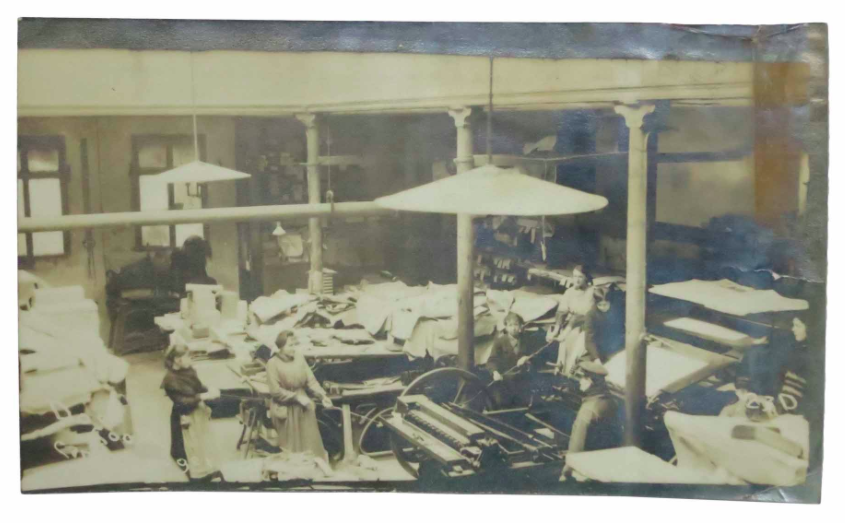
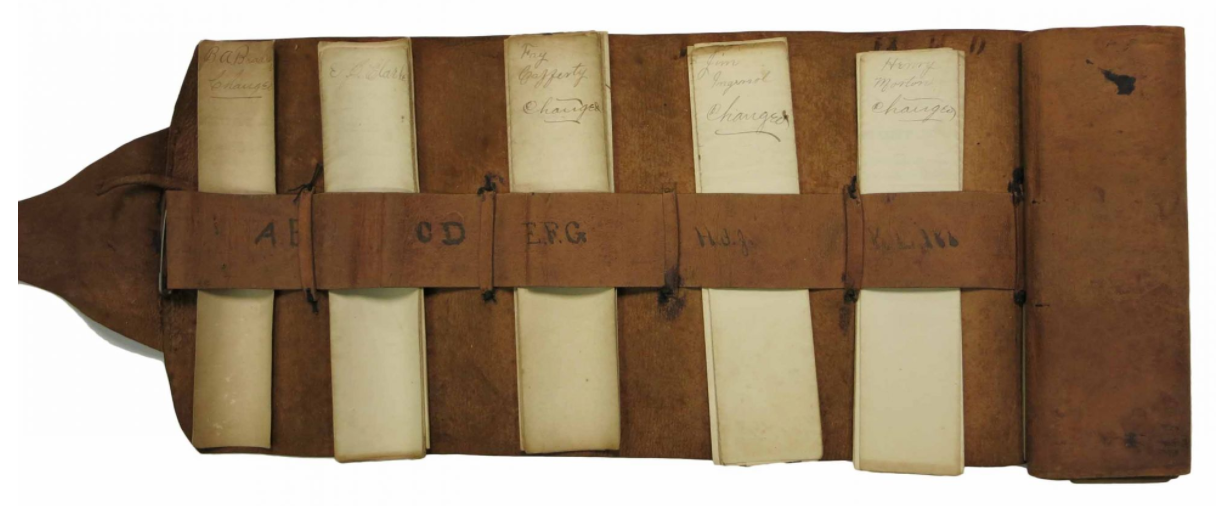

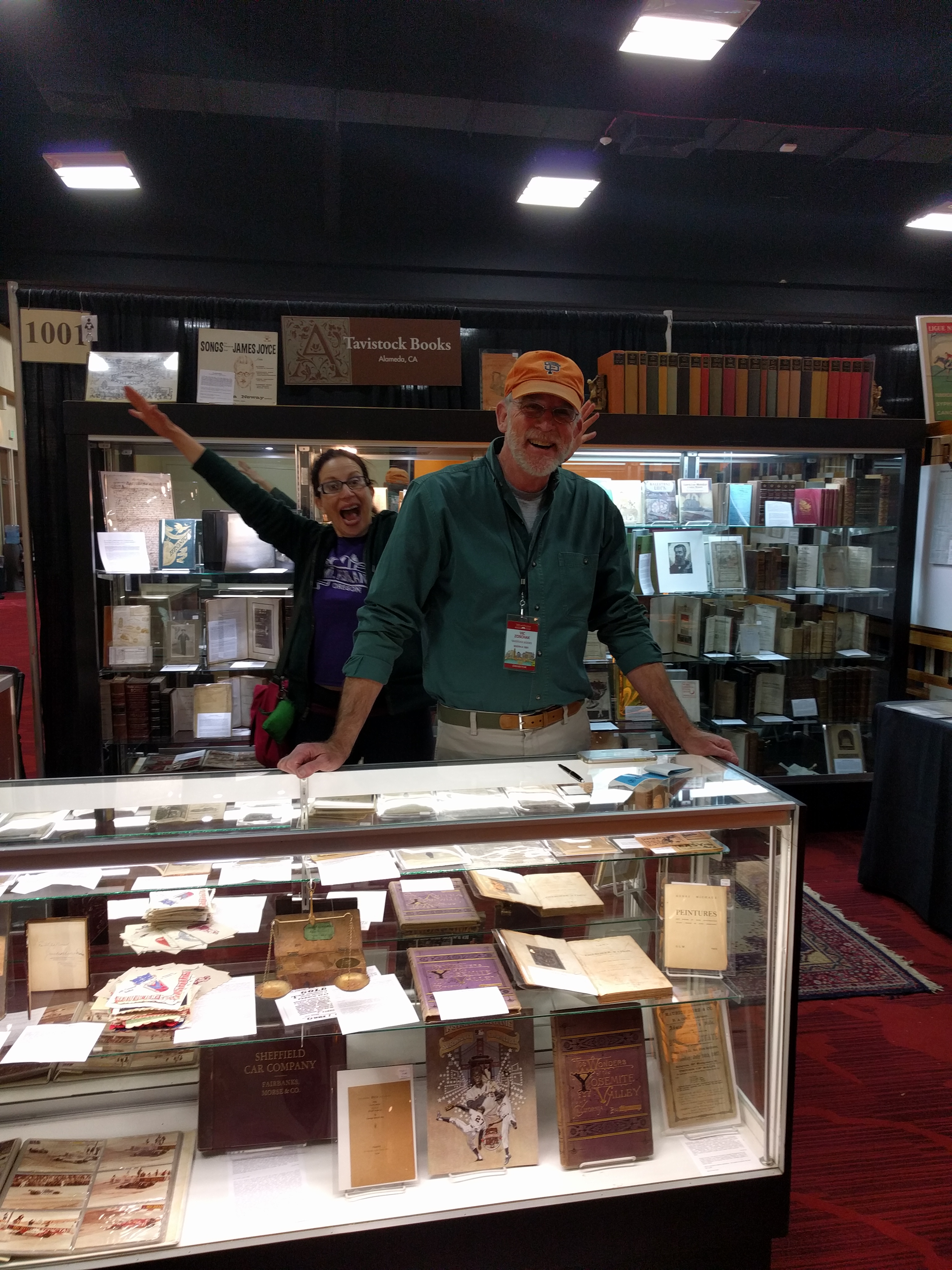 However, since I’m now attending the fair as an outsider, it is difficult for me to remark on certain aspects of interest to other booksellers and those attending other fairs around the country. In terms of attendance, I was there on both
However, since I’m now attending the fair as an outsider, it is difficult for me to remark on certain aspects of interest to other booksellers and those attending other fairs around the country. In terms of attendance, I was there on both 